Barcelona , 2008
GUANTANAMO MUSEUM
GUANTANAMO, RECYCLE (Munich, 2009)
INSTALLATION, 2 MODELS AND 8 DRAWINGS
The Guantanamo Bay detention camp is a United States military prison operated by Joint Task Force Guantanamo since 2002 in Guantanamo Bay Naval Base, which is on the shore of Guantánamo Bay, Cuba. The detainment areas consist of three camps in the base: Camp Delta, Camp Iguana, and Camp X-Ray (which has been closed). The detainees held have been classified by the United States as “enemy combatants”.
Since the beginning of the War in Afghanistan, 775 detainees have been brought to Guantanamo, with out trial! Prisoners are held in small mesh-sided cells; lights are kept on day and night. On occasion many of the detainees have been denied access to the Quran for daily prayer, due to claimed “high security measures” and as a form of preparation for interrogation. Detainees are kept in isolation most of the day, are blindfolded when moving within the camp and are forbidden to talk in groups of more than three. Red Cross inspectors and released detainees have alleged acts of torture, including sleep deprivation, the use of so-called truth drugs, beatings and locking in confined and cold cells. Human rights groups argue that indefinite detention constitutes torture.
The Spanish artist Alicia Framis decided to come forward, basing her aesthetics ideas on the future of Guantanamo. She assures that not far from today Guantanamo Prison will be transformed in a Museum.
The human being has a remarkable tendency of create museums about everything and everyplace; in this occasion the artist explore the memory of horror of places like Auschwitz or Alcatraz and analyzes the historic process of how something so awful can be converted in a tourist place; a souvenir.
One of the main question that appears during Framis investigation is about which is the real importance of a “memorial”, maybe there are necessary, perhaps stop thinking about something is worst than make it domestic!
The Artist has experimented with a first stage on the investigation producing a block of notes called “Welcome to Guantánamo Museum” displaying and documenting all the constitutive elements of a hypothetical museum on the installations at the US detention centre in Cuba. Scale models, drawings, floor plans and structures were exhibited together, in Helga de Alvear Gallery in Madrid, Spain.
The second part of the project is “Guantanamo Museum” which is composed by diverse fundamentals. The main piece, titled “Guantanamo Museum. The List”, is an installation of 274 motorcycle helmets, displayed on a 16m2 platform. Nevertheless, their not regular helmets with the habitual purposes: to protect the driver in case of accident. In this occasion, Framis uses the helmets as representation of the two hundred and seventy four prisoners who still held in Guantanamo; she alters it making an angular, sharp and forceful cut in the crown … turning this protective object into the opposite. In order to symbolize the legal emptiness and the unprotected that a person must feel when becomes prisoner of the fractured laws of the American current administration. It is the representation of a present of tortures and uncertainty.
This installation is completed by a sound and light. People can hear Blixa Bargeld’s voice repeating continuously the proper names of the prisoners, which writer Enrique Vila-Matas wrote especially for this occasion. In the mean time, the lights of the room are changing all the time, thanks to a sensor, light become more intense or not depending of the tone of the voice, and when Blixa remains silent, the room turns absolutely dark.
In the other hand, “Guantanamo Museum: sketches” shows the artist reinterpretation spaces of the prison spaces. Using three dimensions drawings to explain how those can be transform in her museum proposal.
Furthermore, the exhibition has a huge interesting cabinet of curiosities named “Guantanamo Museum: Workshop” within people will find a group of objects and videos, titled by Framis as “things to forget”. Objects specially designed by students and participants of Alicia’s workshops, to be exposed in this museum, with the purpose of make people forget Guantanamo. Especially we have to mention a video that explains the uses of each object, dresses and suits designed with the fabric of the orange prisoner overalls, and a pair of hi-heeled shoes for men design by the artist, and execute bye HANGAR (Centre for Arts production, Barcelona) to convert those in killing shoes, by hiding lethal pill inside one of the heels.
Finally the opening night had a performance, a very interesting live musical show, with the participation of rapper Tara De Long, who also took Enrique Vila-Matas list of prisoners as script, and performed among the 274 sliced helmets.
In this project Framis worked, as usual, with a multidisciplinary team of professionals as: musicians, Blixa Bargeld and Tara Delong; writer, Enrique Vila-Matas; curator, Montse Badía; Architect, Uriel Fogue; Graphic designer, Alex Gifreu; fashion designers; participants of Can Xalant (Center of Creation of Visual Arts,Mataró) workshop and students from Fashion Institute Felicidad Duce (Barcelona) and the European Institute of Design IED (Barcelona y Madrid).
This project is currently exhibit in the Santa Monica Art Centre in Barcelona. However, the artist aims to show it in other art Institutions of diverse countries; and convert it in a work in progress, including in every occasion local artists.
Welcome to Guantanamo Museum (2008-2009) also deals with the theme of inhumane structures. Framis has developed ideas for a hypothetical museum at the site of the United States’ prison camp in Cuba; she has created true-to-scale architectural models made of barbed wire, wood, and polyester, as well as 3D drawings and an audio piece that was composed in collaboration with Blixa Bargeld, the singer of the band Einstürzende Neubauten and the writer, Enrique Vila-Matas. The artist refers to the fact that, throughout history, places where cruelty has been practiced have been turned into memorials, and this project anticipates the transformation of the prison camp into a memorial site. Models and drawings recreate the topography of the camp as it is currently, making it possible to see into and experience it. Framis designs the spaces as she imagines them, opening them up to fantasy and turning a place that has been taboo until now into a place for reflection and contemplation.
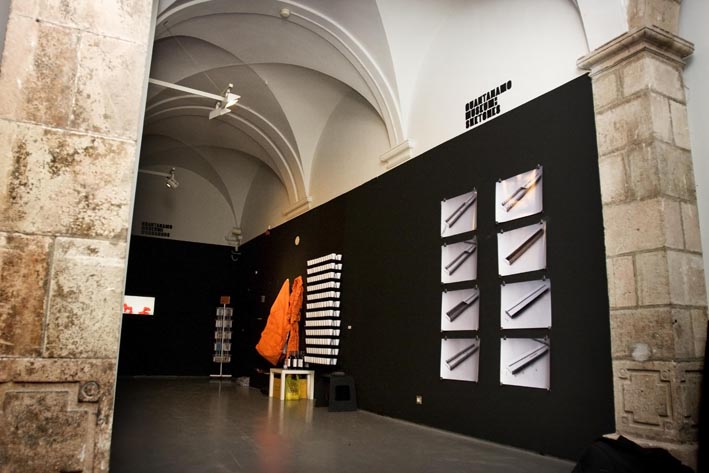
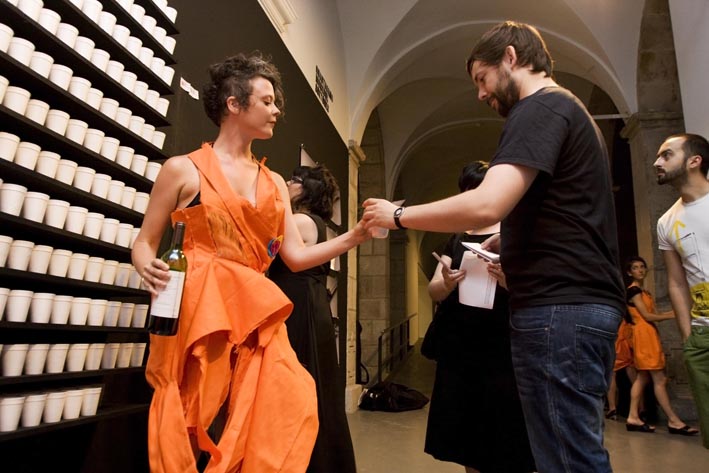
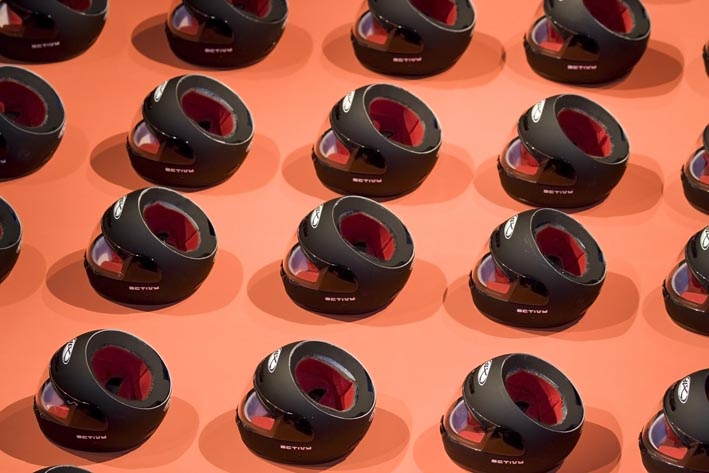
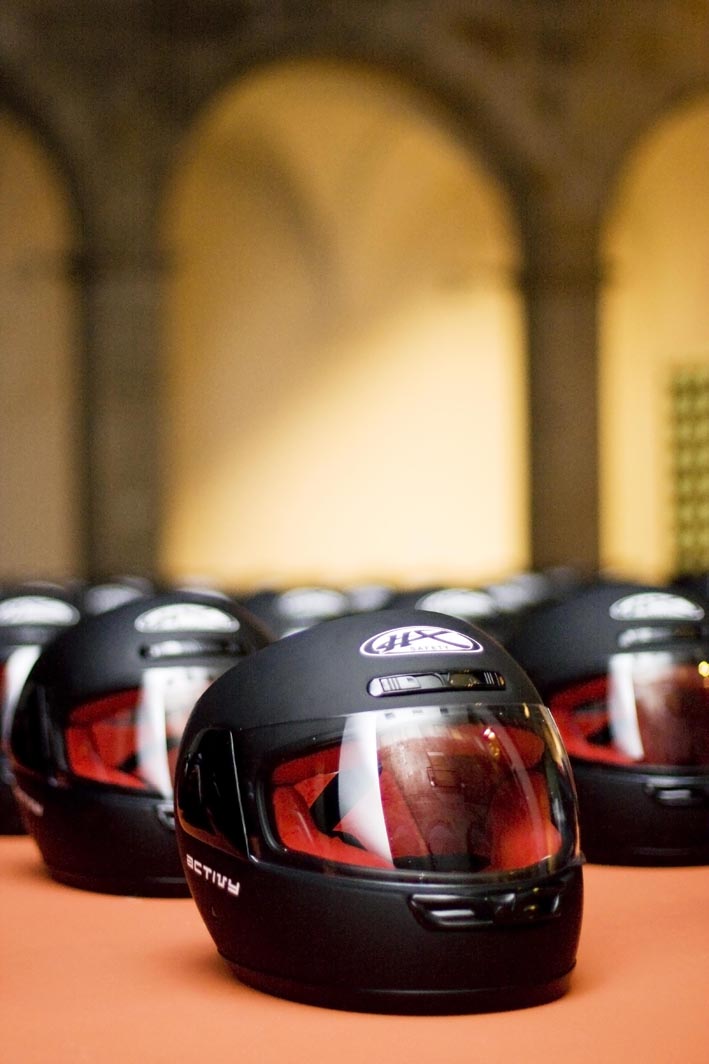
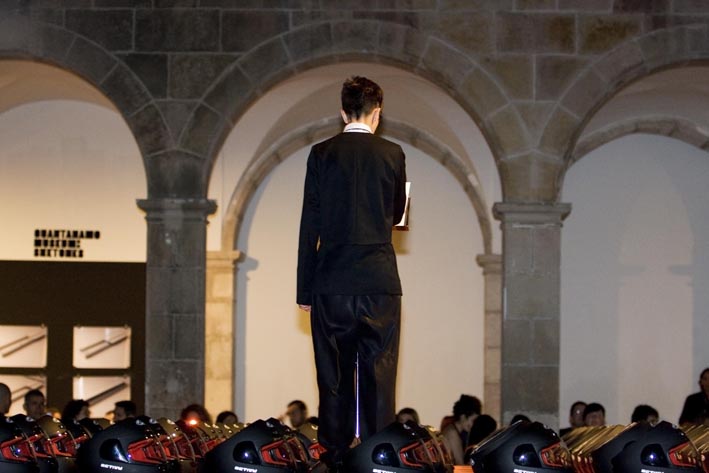
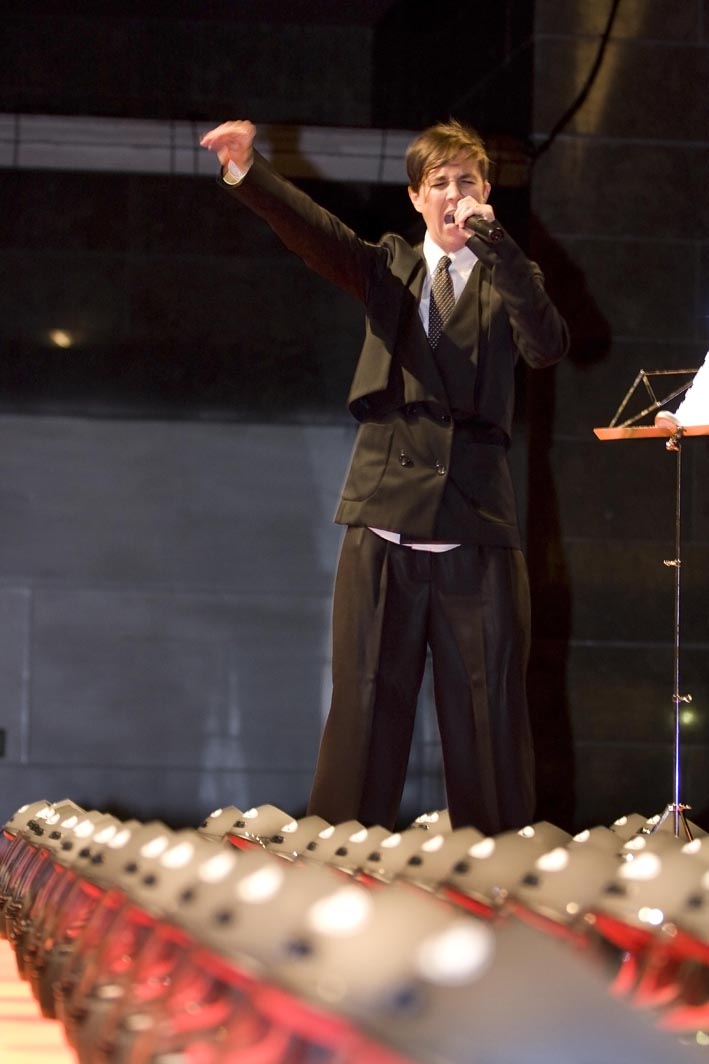
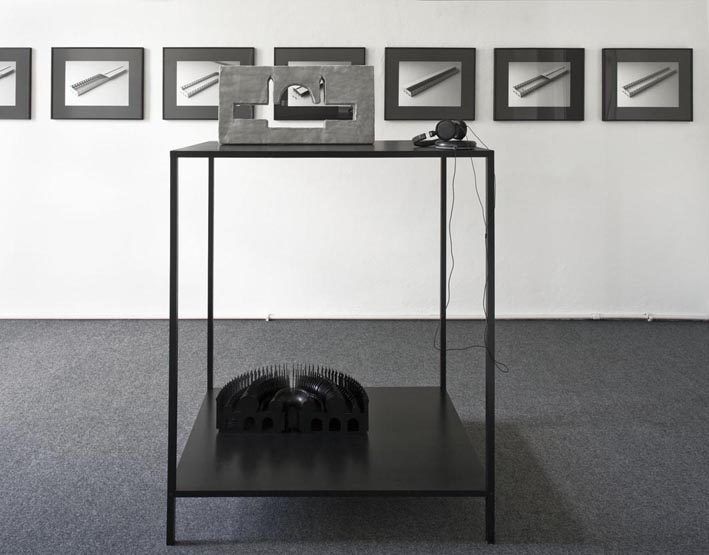
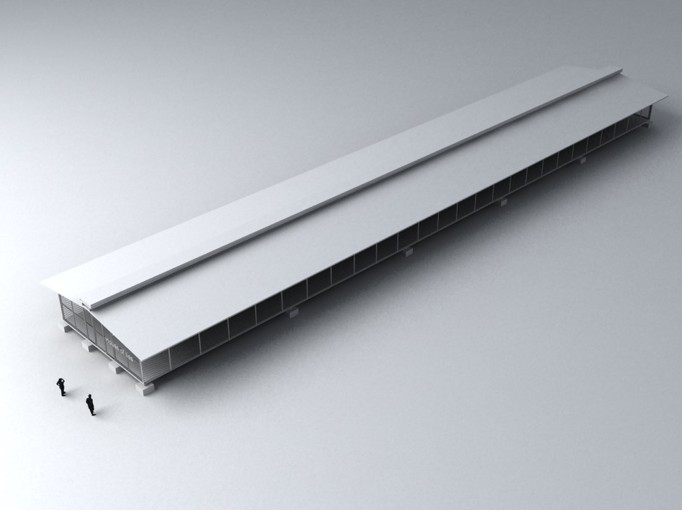
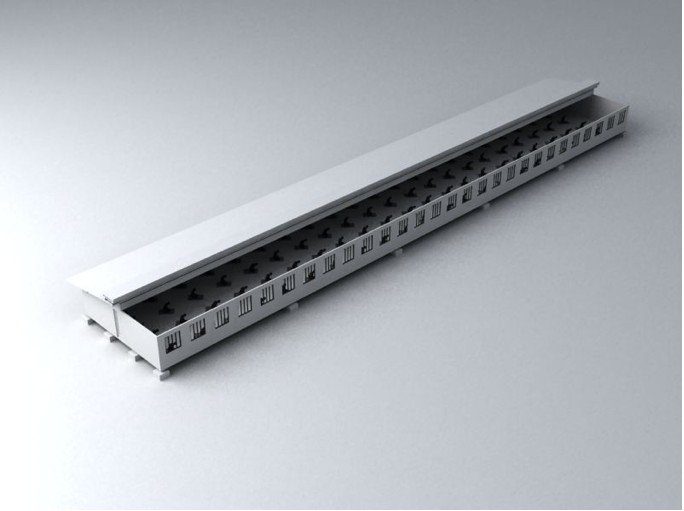
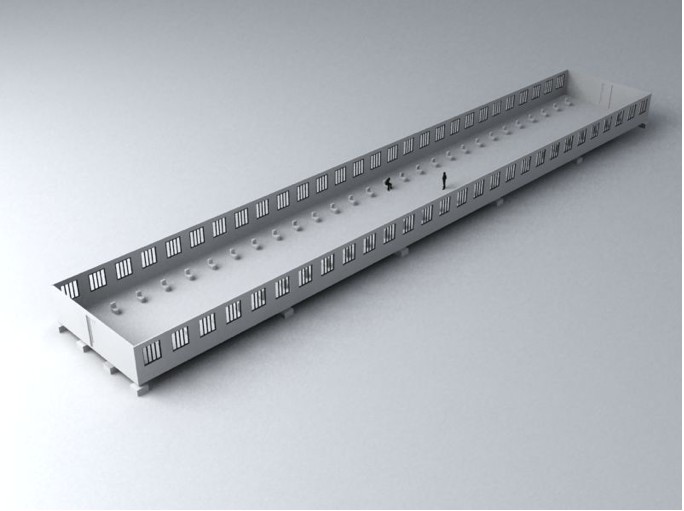
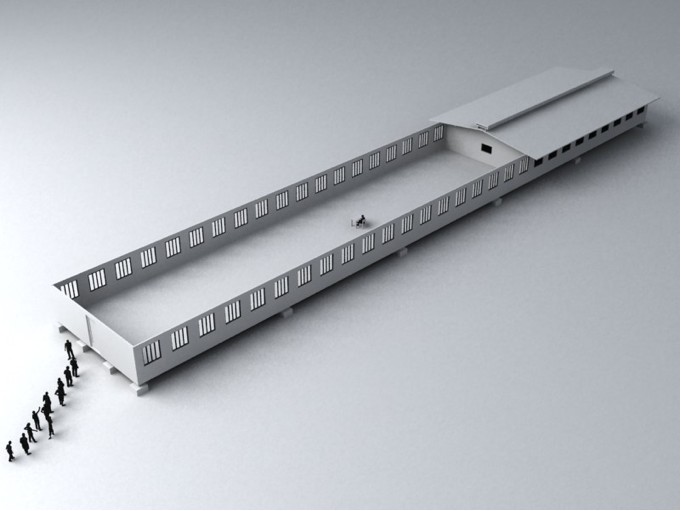
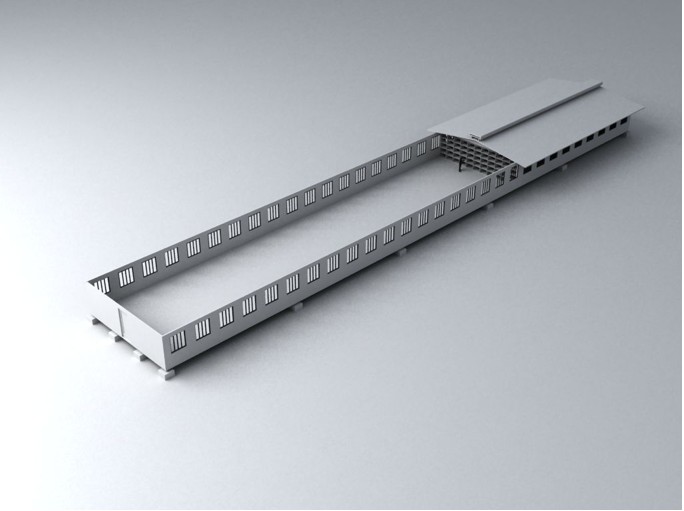
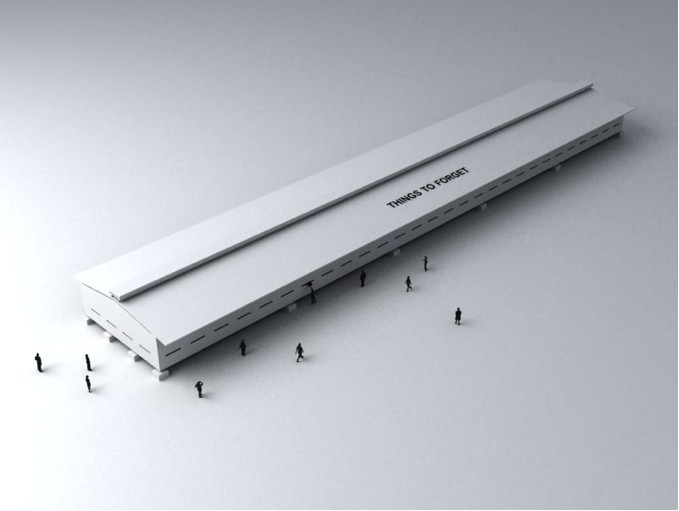
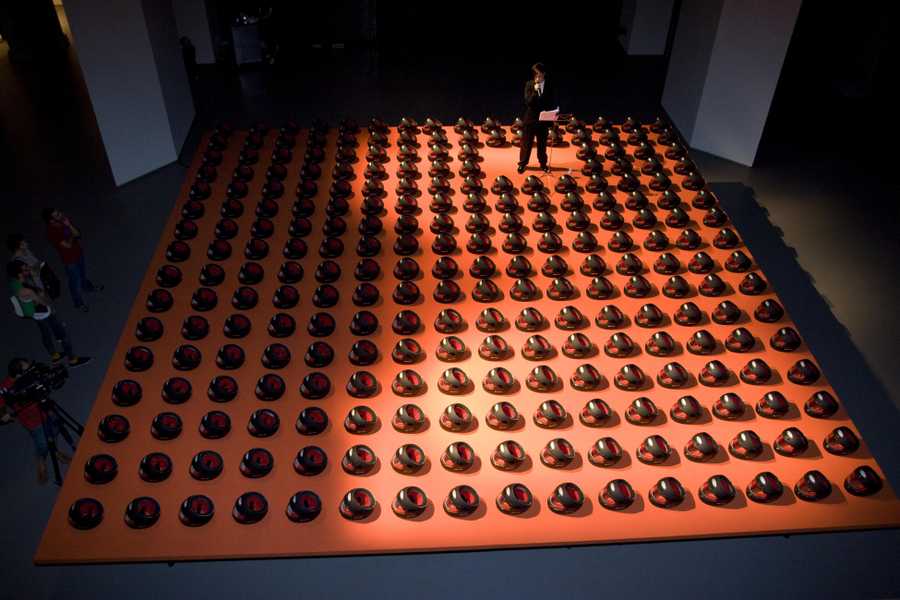
The Guantanamo Bay detention camp is a United States military prison operated by Joint Task Force Guantanamo since 2002 in Guantanamo Bay Naval Base, which is on the shore of Guantánamo Bay, Cuba. The detainment areas consist of three camps in the base: Camp Delta, Camp Iguana, and Camp X-Ray (which has been closed). The detainees held have been classified by the United States as “enemy combatants”.
Since the beginning of the War in Afghanistan, 775 detainees have been brought to Guantanamo, with out trial! Prisoners are held in small mesh-sided cells; lights are kept on day and night. On occasion many of the detainees have been denied access to the Quran for daily prayer, due to claimed “high security measures” and as a form of preparation for interrogation. Detainees are kept in isolation most of the day, are blindfolded when moving within the camp and are forbidden to talk in groups of more than three. Red Cross inspectors and released detainees have alleged acts of torture, including sleep deprivation, the use of so-called truth drugs, beatings and locking in confined and cold cells. Human rights groups argue that indefinite detention constitutes torture.
The Spanish artist Alicia Framis decided to come forward, basing her aesthetics ideas on the future of Guantanamo. She assures that not far from today Guantanamo Prison will be transformed in a Museum.
The human being has a remarkable tendency of create museums about everything and everyplace; in this occasion the artist explore the memory of horror of places like Auschwitz or Alcatraz and analyzes the historic process of how something so awful can be converted in a tourist place; a souvenir.
One of the main question that appears during Framis investigation is about which is the real importance of a “memorial”, maybe there are necessary, perhaps stop thinking about something is worst than make it domestic!
The Artist has experimented with a first stage on the investigation producing a block of notes called “Welcome to Guantánamo Museum” displaying and documenting all the constitutive elements of a hypothetical museum on the installations at the US detention centre in Cuba. Scale models, drawings, floor plans and structures were exhibited together, in Helga de Alvear Gallery in Madrid, Spain.
The second part of the project is “Guantanamo Museum” which is composed by diverse fundamentals. The main piece, titled “Guantanamo Museum. The List”, is an installation of 274 motorcycle helmets, displayed on a 16m2 platform. Nevertheless, their not regular helmets with the habitual purposes: to protect the driver in case of accident. In this occasion, Framis uses the helmets as representation of the two hundred and seventy four prisoners who still held in Guantanamo; she alters it making an angular, sharp and forceful cut in the crown … turning this protective object into the opposite. In order to symbolize the legal emptiness and the unprotected that a person must feel when becomes prisoner of the fractured laws of the American current administration. It is the representation of a present of tortures and uncertainty.
This installation is completed by a sound and light. People can hear Blixa Bargeld’s voice repeating continuously the proper names of the prisoners, which writer Enrique Vila-Matas wrote especially for this occasion. In the mean time, the lights of the room are changing all the time, thanks to a sensor, light become more intense or not depending of the tone of the voice, and when Blixa remains silent, the room turns absolutely dark.
In the other hand, “Guantanamo Museum: sketches” shows the artist reinterpretation spaces of the prison spaces. Using three dimensions drawings to explain how those can be transform in her museum proposal.
Furthermore, the exhibition has a huge interesting cabinet of curiosities named “Guantanamo Museum: Workshop” within people will find a group of objects and videos, titled by Framis as “things to forget”. Objects specially designed by students and participants of Alicia’s workshops, to be exposed in this museum, with the purpose of make people forget Guantanamo. Especially we have to mention a video that explains the uses of each object, dresses and suits designed with the fabric of the orange prisoner overalls, and a pair of hi-heeled shoes for men design by the artist, and execute bye HANGAR (Centre for Arts production, Barcelona) to convert those in killing shoes, by hiding lethal pill inside one of the heels.
Finally the opening night had a performance, a very interesting live musical show, with the participation of rapper Tara De Long, who also took Enrique Vila-Matas list of prisoners as script, and performed among the 274 sliced helmets.
In this project Framis worked, as usual, with a multidisciplinary team of professionals as: musicians, Blixa Bargeld and Tara Delong; writer, Enrique Vila-Matas; curator, Montse Badía; Architect, Uriel Fogue; Graphic designer, Alex Gifreu; fashion designers; participants of Can Xalant (Center of Creation of Visual Arts,Mataró) workshop and students from Fashion Institute Felicidad Duce (Barcelona) and the European Institute of Design IED (Barcelona y Madrid).
This project is currently exhibit in the Santa Monica Art Centre in Barcelona. However, the artist aims to show it in other art Institutions of diverse countries; and convert it in a work in progress, including in every occasion local artists.
Welcome to Guantanamo Museum (2008-2009) also deals with the theme of inhumane structures. Framis has developed ideas for a hypothetical museum at the site of the United States’ prison camp in Cuba; she has created true-to-scale architectural models made of barbed wire, wood, and polyester, as well as 3D drawings and an audio piece that was composed in collaboration with Blixa Bargeld, the singer of the band Einstürzende Neubauten and the writer, Enrique Vila-Matas. The artist refers to the fact that, throughout history, places where cruelty has been practiced have been turned into memorials, and this project anticipates the transformation of the prison camp into a memorial site. Models and drawings recreate the topography of the camp as it is currently, making it possible to see into and experience it. Framis designs the spaces as she imagines them, opening them up to fantasy and turning a place that has been taboo until now into a place for reflection and contemplation.